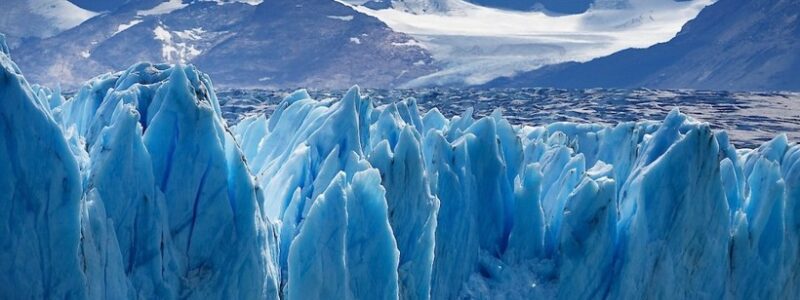
UNESCO has published data on the status of fifty glaciers included in the World Heritage List. And these data clearly indicate their accelerated melting.
Glaciers in the Dolomites, the Mont Perdu in the French Pyrenees, the Yellowstone and Yosemite glaciers in the United States, the glaciers of Africa on the UNESCO list – these are some of those that will disappear by 2050, experts say.
They estimate that even if you stop emitting CO2 and take radical protective measures, such as those being discussed at UN climate conferences, such as the COP27 world meeting in Egypt in November, the melting seems already irreparable.
“The situation is bad for mountain glaciers. Worse than for the polar ice caps of Greenland and Antarctica,” says Marie Cavite, a glaciologist at the Catholic University of Leuven in Belgium.
She explains that in the optimistic scenario for all the world’s glaciers by 2100, the estimated loss ranges from 22% to 57% “depending on the regions and the measures taken.” “But if you have the glaciers of the Alps in mind specifically, 94% of them will be gone by 2100,” says the glaciologist.
The heat of 2022 was particularly killer for these alpine glaciers, she says. Temperatures in the summer, as elsewhere in Europe, were much higher than usual. There was little snow cover in the spring, whereas snow is a protective blanket for glaciers: before the ice starts to melt, the snow has to melt.
And in addition to this, the third negative factor, very specific to the Alps, Marie continues, is the traces of a sandstorm from the Sahara that reached Europe. “Sand, unlike snow, is dark, and the ice heats up faster underneath it,” notes the glacier researcher. The confluence of these circumstances this year, she explains, is what led to this unprecedented melting.